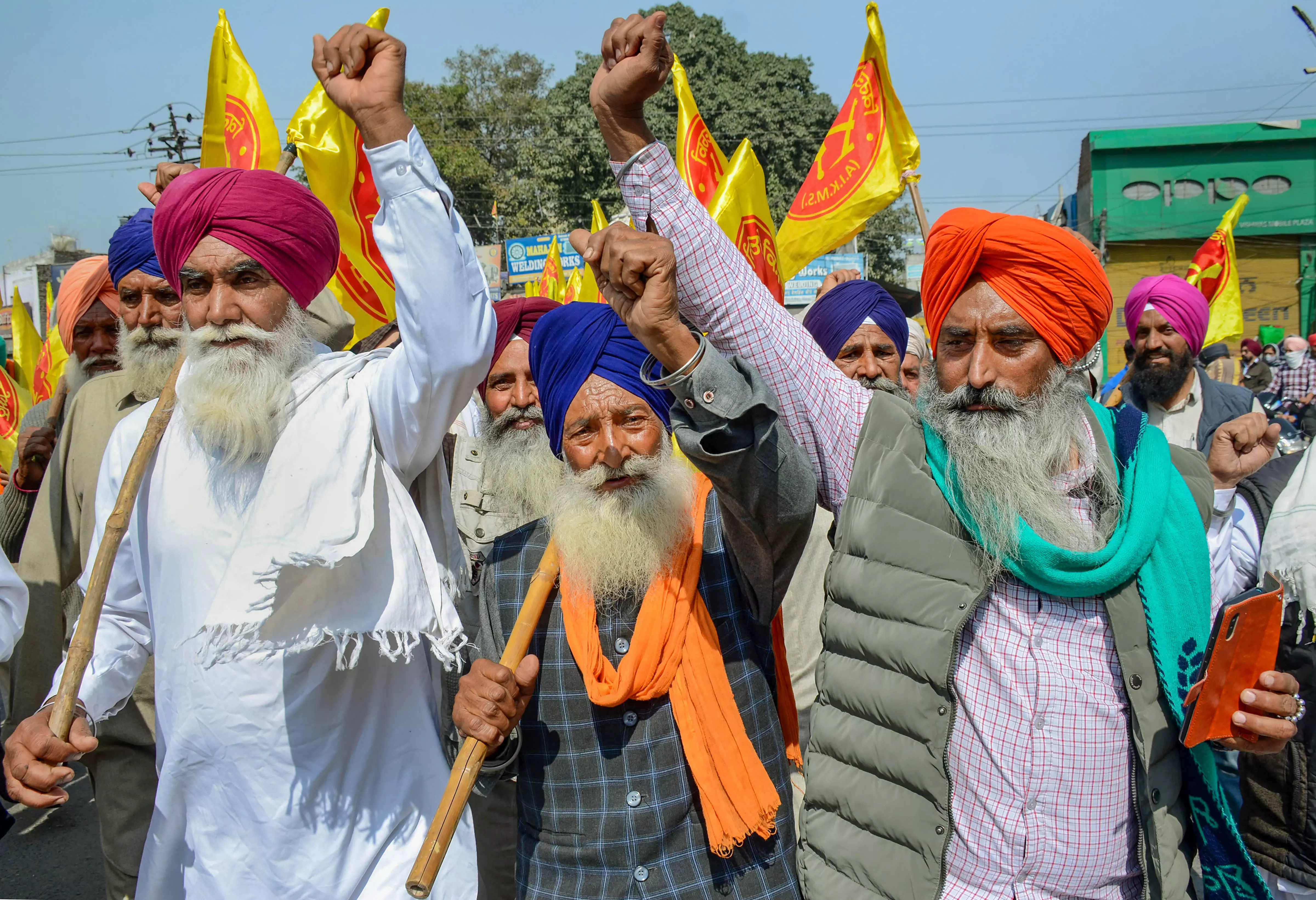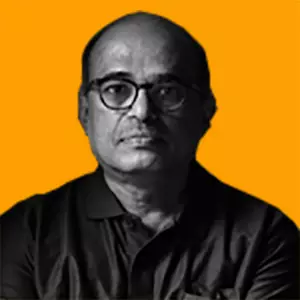
- Home
- India
- World
- Premium
- THE FEDERAL SPECIAL
- Analysis
- States
- Perspective
- Videos
- Sports
- Education
- Entertainment
- Elections
- Features
- Health
- Business
- Series
- In memoriam: Sheikh Mujibur Rahman
- Bishnoi's Men
- NEET TANGLE
- Economy Series
- Earth Day
- Kashmir’s Frozen Turbulence
- India@75
- The legend of Ramjanmabhoomi
- Liberalisation@30
- How to tame a dragon
- Celebrating biodiversity
- Farm Matters
- 50 days of solitude
- Bringing Migrants Home
- Budget 2020
- Jharkhand Votes
- The Federal Investigates
- The Federal Impact
- Vanishing Sand
- Gandhi @ 150
- Andhra Today
- Field report
- Operation Gulmarg
- Pandemic @1 Mn in India
- The Federal Year-End
- The Zero Year
- Science
- Brand studio
- Newsletter
- Elections 2024
- Events
- Home
- IndiaIndia
- World
- Analysis
- StatesStates
- PerspectivePerspective
- VideosVideos
- Sports
- Education
- Entertainment
- ElectionsElections
- Features
- Health
- BusinessBusiness
- Premium
- Loading...
Premium - Events

Punjab’s grouses have been caused by a lack of inspirational religious and political leadership, especially since the two are closely interlinked in the state
When Punjab’s agitating farmers were at last allowed into Delhi’s Ram Lila Maidan on March 14 for a protest meeting demanding legalising the MSP (minimum support price for crops) after two months of the standoff on the border, it was a small victory for them. Over the years, various governments in Delhi have looked at Punjab’s multitudinous problems, including Sikh extremism, with anger, fear, and a sense of terrible foreboding. The BJP government continues its confrontation with Punjab’s farmers and with Punjab itself, signified mostly by barricading highways to prevent its farmers from reaching Delhi — a frenetic, cussed over-reaction to a peaceful agitation.
Such measures show how the Modi government looks at Punjab. The Modi government’s sense of rancour with the state is that it valiantly killed the government’s ambitious farmers' bill to privatize agriculture. This is apart from various historical reasons, including being a bulwark against the spread of Hindutva philosophy, against which all Sikh leaders and extremists have warned. For the Sikhs, an aggressive Hindu party is a constant red flag due to the more than 100-year-old skirmishes with Hindu organisations. As we near the 40th anniversary of Operation Bluestar on June 6, it is clear that Punjab is as much a boiling cauldron as it was during the 80s when militancy first rose.
Hindu superiority
Most Sikh leaders over the years have warned against a Hindu government or Hindu party trying to force things on Punjab (which is the case now). Punjab’s most notorious extremist leader, Jarnail Singh Bhindranwale, talked about confronting “Brahmanical superiority”. This was echoed by Bhindranwale 2, Amritpal Singh, now in a jail in Assam. These and other details of the troubled evolution of Sikhism and Punjab are painstakingly and with admirable candour laid out in the monumental work, Turmoil in Punjab: Before and After Bluestar (Harper Collins, 2023) by retired bureaucrat Ramesh Inder Singh, who had an inside view of Punjab over the years.
“Operation Bluestar decimated Bhindranwale, but in his shaheedi he got back at the state, fomenting more militancy in his death that when he was alive,” Ramesh Singh writes. What we saw in the last few years — the farmers’ agitation, the spontaneous rise of Amritpal Singh, the unending gangster killings, continuing confrontation with Haryana for river water, and now again phase two of the farmers’ agitation — are all indications that the insides of Punjab are churning for various reasons.
Punjab’s woes
Punjab’s grouses, both imagined and real, have been caused by the lack of inspirational religious and political leadership over the years, especially since Sikhism and politics in the state are closely interlinked. The many chief ministers who ruled Punjab from the Congress and Akali Dal had no clue about how to tackle the terrible restlessness, especially the continuing call for preserving Sikh identity. Ditto, the SGPC and other grantis and mahants, most of who only dropped more fuel into the many fires in the state and then vanished or were killed by extremists. But it has to be understood that what Punjab faces today is what any state or country that puts religion on the front burner will face.
This continuing “ethno-religious struggle”, as Ramesh Singh calls it, has the gun at the centre, not any larger philosophy, apart of course from various vague notions of Sikh identity. It was Bhindranwale and Sant Harchand Singh Longowal who put the gun at the centre of Punjab’s consciousness, killing forever the reality of a hardworking state that once fed the whole country with wheat, rice, and potatoes. To illustrate this point: Bhindranwale was media savvy and once asked his journalist friend Dalbir Singh of The Tribune about starting a media company. Dalbir Singh suggested the collection of a few crores of rupees. Bhindranwale, using his own logic, said that one Sten gun costs Rs 8 lakh and with Rs 1 crore so many guns could be bought, and the magazines of a few can be emptied on media houses and they will all fall in line.
Killing fields
That trigger-happy philosophy has endured strongly, all in the name of Sikhism, while the tenets of that great religion took a back seat. With this strategy, various media leaders were shot dead. As a beginning, Lala Jagat Narain of Hind Samachar group was killed on September 9, 1981; his son Ramesh Chandra was slain on May 12, 1984, just before Bluestar. Many Hindu media houses and editors have been targeted over the years.
From media, the killings from early 1980 and after Bluestar spread to all sections of Punjabi life. Manjral Grewal Sharma, a senior journalist writing in The Indian Express on March 10, says that entire cultural and literary stars of Punjab have been wiped out over the years.
Gangsters take over
In 1988, the first big pop star of Punjab, Amar Singh Chamkila, and his co-singer wife, who were booked for 400 programmes on an average every year, were shot dead by militants. He was just 27. Not just singers but Dalit poets, Naxalite sympathisers, balladeers, Communists poets, were all wiped out starting in the late 80s as a reaction to Bluestar and a lingering sense of victimhood stretching from the 1947 partition. Among the many victims was the famous Naxalite poet Jaimal Singh Padda, 45, who coined the phrase “Na Hindu Raj na Khalistan, raj karega mazdoor kisan” (No Hindu state, no Khalistan, the working class will rule). Such targeted killings have continued for 40 years as another anniversary of Bluestar nears.
Now gangsters have taken over from extremists in the killing game, as the shooting down of rapper Sidhu Moose Wala (who also hailed the gun culture) two years back shows. The result is the same: Punjab continues to bleed. And the gun is everywhere, the image of a Bhindranwale with a Sten gun slung on his shoulder being the abiding but dark image that has conquered Punjab’s consciousness.
Pampered farmers?
Despite the lingering Sikh suspicion of all central governments (and vice-versa), Punjab has been pampered like no other state, starting with its farmers. Agriculture expert and farmer leader Ajay Vir Jakhar, writing in the Indian Express Dec 20, 2023, says that Punjab gets an annual MSP for wheat and paddy amounting to Rs 60,000 crore (close to national MGNREGA allocation of Rs 75,000 crore) and free power worth Rs 9,000 crore. “This is not available for any other crop or farmers from other states (except Haryana),” Jakhar writes. The average monthly income per agriculture household in Punjab is two-and-a-half times higher than the Indian average. Agitating farmers now want the MSP legalized so that they can avail loans citing MSP rates as collateral.
The fear of an over-arching Hinduism submerging Sikhism is at the core of all these protests and killings and, ultimately, the decline of Punjab. Sikh leader Master Tara Singh once said: “The Sikhs are Hindus and I feel they are so. But I do not say so, as in that case the Hindus would absorb Sikhs.” In a reverse sort of way, the BJP (like the Congress earlier) is also suspicious of Sikhism and hence doesn’t even allow the farmers to come to Delhi to agitate.
Bluestar blues
Operation Bluestar was a disaster in all ways as Ramesh Singh points out. Krishnaswamy Sundarji (then GOC In C Western Command), who led the operation, was dictatorial and haughty and so the operation itself was terribly planned, resulting in the killing of more than 1,000 people when good planning could have made it a peaceful operation. Even gas cannisters lobbed into the Akal Takht did not burst since they were outdated. The soldiers had no idea of the topography of the Golden Temple and were sitting ducks for militant fire from all around.
Over the years, the Congress was the bigger culprit playing various political games in Punjab and also according to KPS Gill brought the extremist Khalistani fringe to the centre of Punjab politics as a tactic to outflank the Akalis. The fringe, many would agree, is still a shadowy presence.
Fleeing Punjab
Worse, Punjab’s younger generation is losing interest in Sikhism; all they want is to escape from Punjab and settle in the West. For them, Punjab and agriculture hold no hope, and driving a taxi through Manhattan has forever replaced the dream of sunflower fields. Christianity, too, is again gaining in some parts of Punjab as youngsters feel that this Western religion can at least get you a visa to the US or Canada. And for the visa, they shed their religion. Despite all the blood that has been shed in the name of Sikhism, its own Gen X does not care about the stories of valour and the many religious diktats. Most of them do not even obey Guru Gobind Singh’s edict of sabat surat (unshorn hair) so that they can be fully westernized and ready when the visa arrives.
Soon after Bluestar, the SGPC, which was then taken over by extremist elements, stopped short of calling for Khalistan but declared “Sikhs are slaves” and appealed to all Sikhs living outside the country to come back to good old Punjab to strengthen Sikhism and the Takht. Adding to Punjab’s eternal tragic vaudeville, young Sikhs are instead doing exactly the opposite: leaving Punjab to its bloody fate and vanishing to “Kenada".

